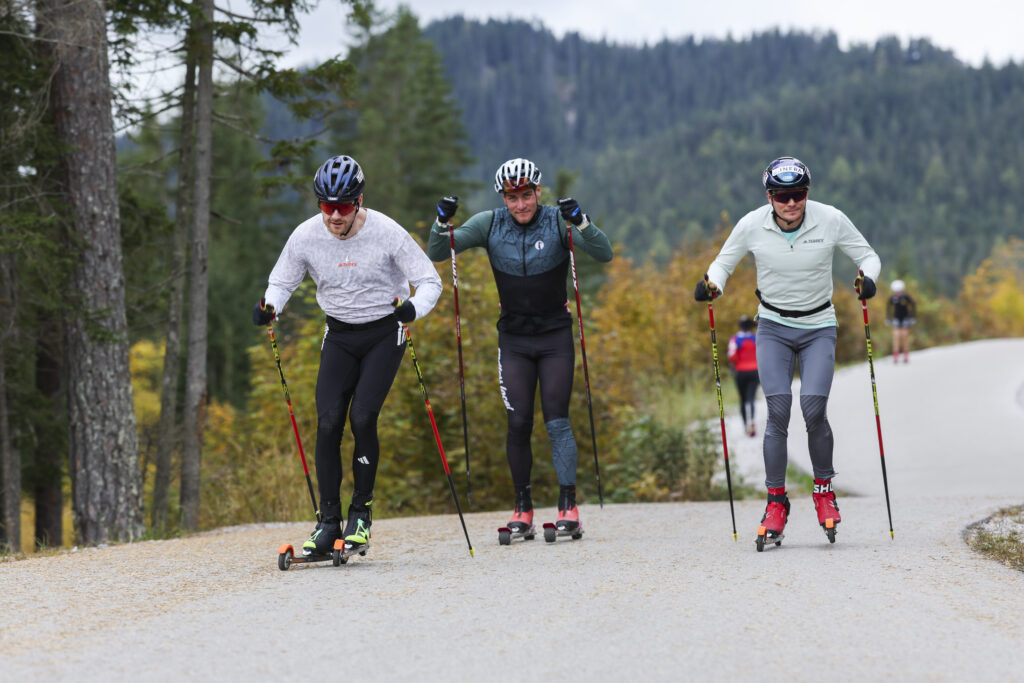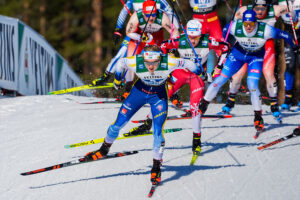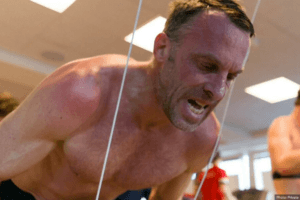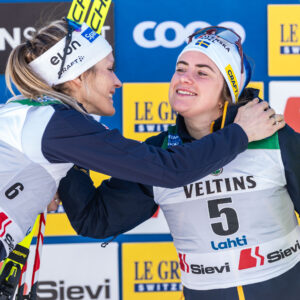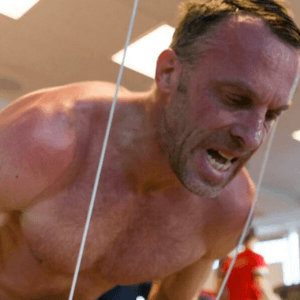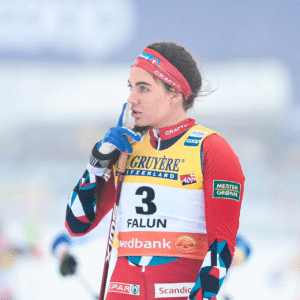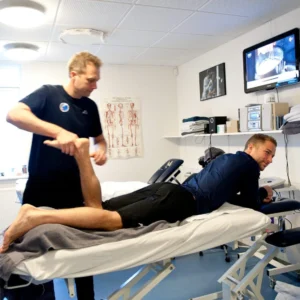How to dress for cold-weather workouts
Thermoregulation is highly individual for every athlete. Everyone tolerates cold differently — some sweat more, others less — so it’s essential to figure out what works best for you. The key is finding the right balance: wearing enough to stay warm without overheating or getting soaked in sweat. Here are a few practical tips to help you dress smartly for training during the unpredictable autumn months.
A common mistake that can lead to illness is dressing too warmly. When athletes overdress, they sweat, and afterward, they cool down too quickly and risk getting chilled.
The thermometer should be your main guide for what to wear. Just like you choose ski waxes according to the outside temperature, you can learn which layers and clothing combinations suit you best in different conditions. Humidity and perceived temperature also matter. Often, when you step outside, it feels cold, but after a few minutes of running or skiing, you’d love to remove a layer.
Layering is key
For those who aren’t yet experienced in dressing for training, it’s best not to stray too far from home or the car during the first 10–15 minutes of activity. If you realize you’ve overdressed, you can remove a layer once you’ve warmed up and leave it behind. That’s why layering is more practical than wearing just one thick thermal shirt and a warm jacket.
Recreational athletes who carry small backpacks have a significant advantage. However, more performance-oriented skiers may sweat on their backs under the pack and later get chilled on the downhills. A great alternative is a drink belt with a top zip pocket. Depending on the brand, some bottles feature spacious pockets that are perfect for storing items like energy bars, phones, thin windbreakers, shirts, or extra headbands.
Tip: Every athlete’s wardrobe should include a vest to protect the lungs, which can easily get cold, especially during descent or windy weather. A thin, wind-resistant vest with a higher collar keeps the neck warm. Your arms generally don’t get cold easily, but protecting your airways is essential.
Also Read: Nutrition does not have to be rocket science
Train hard — and change clothes fast
If you’re heading out for an easy, steady session, dressing appropriately isn’t too complicated. It becomes trickier for fast-paced training or racing.
Before intense intervals, warm up for at least 20–30 minutes in warmer clothing, then remove one layer before starting the hard work. After a race or a series of fast intervals, remove your race shirt (or sports bra), dry your back, put on a fresh layer, and cool down in dry clothes.
During high-intensity training, you burn a lot of energy, and afterward, your body may not have enough energy left to keep warm as it usually would. So, if you plan to stay and chat with friends after the race, don’t hesitate to put on warm-up pants, dry shoes, a hat, a down jacket, and gloves.
If you watch the cross-country skiing World Cup on TV, you may notice some skiers in the finish area strip down to the waist, even in freezing temperatures, to change into dry clothes. Learn from the best — never underestimate the importance of changing after a hard workout or race.
Tip: For fast sessions in cold autumn or early winter, wear a long-sleeved base layer, a thin jacket, and a light vest, with tights on your legs. After your warm-up, remove the jacket and keep the vest. You can take off your hat or wear a thin headband instead. Store everything in your drink belt pocket to carry during intervals. After finishing, remove your damp top, put on a dry shirt, and add the jacket and vest. Even if the vest is a bit wet, it won’t chill you over the jacket. This allows you to cool down or ski easily without getting cold. Women should also remember to change their sports bra — a sweaty bra can make the chest and respiratory area cold. When it’s below zero, it’s a good idea to wear warm-up pants over your tights during warm-up and cooldown. Instead of a vest, consider using the top of your race suit, but think about whether a long base layer and a vest might offer better protection for your lungs.
Finding the proper clothing for various workouts, intensities, and seasons is quite an art. But those who get it right protect their bodies, avoid colds, and can train consistently without interruptions.
This article has been updated. It was first published on bezky.net in October 2021.
Read More: “Everyone on the national team has tried it”
Are you interested in training for long-distance, traditional cross-country skiing, and biathlon? Click HERE and read more about it.
